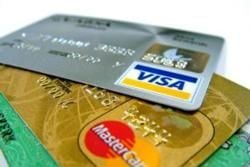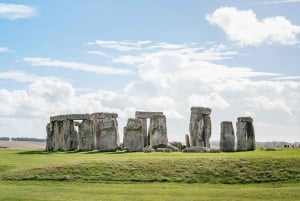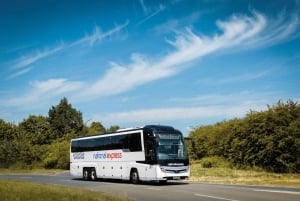Currency and Exchange
Australian Dollar
Australia’s currency is the Australian dollar (AUD or A$) – this is the only accepted currency you can use for transactions in the country. Every dollar has 100 cents. The notes come in $100, $50, $20, $20 and $10 bills, while the coin denominations are $2, $1, 50c, 20c, 10c and 5c.
Converting money
Converting money in Australia typically works out cheaper in comparison to changing money at home. But while the arrival airport will have a currency exchange, it is a good idea to bring along sufficient foreign currency that lasts you at least a day or two.
Every time you change money, you pay a certain fee; so you may want to consider converting bigger sums of money at a time. Also, try as much as possible to covert currency at banks that have a margin of 5% at the most between purchase and sale prices (avoid tourist centres and airports).
Credit cards, debit cards and ATM cards
Most Australian locations accept credit cards; but accommodations, businesses and restaurants in smaller rural regions may ask for cash only. With your credit card, you can get insurance, or emergency help more conveniently, and in some cases like reserving rental vehicles and hotel rooms, a credit card may be necessary. The most welcomed credit cards include Visa and MasterCard, though American Express will work as far as most ATMs go and can also be used at the AmEx offices of larger Australian airports and cities.
You can use your ATM card very easily as well, though there is a limit on how much money you can withdraw each day. Debit cards are well-accepted too, and can also be used as an ATM card to withdraw money from ATMs throughout the Whitsundays region and its neighbouring destinations.
Traveller’s cheques
A safe form of carrying cash, traveller’s cheques are accepted in literally all areas in and around the Whitsundays, the most-recognizable being Visa and American Express. You are entitled to a refund from the cheque issuer if you lose your cheque or it is stolen.
You can also wire money from home (bank money transfer) but this is a very slow process (but also the cheapest).
Some tips
If you plan to use traveller’s cheques, bring along some in smaller denominations if you have to exchange currency at poor rates. At the same time, carry a range of currency denominations as you will have to pay a fee for every cheque that is cashed.
Carry money in multiple forms; bring some cash, your credit/debit card and some traveller’s cheques.
Tax on goods
Australia’s sales tax is called GST or Goods and Services Tax, which applies to all services and goods, the exceptions being medical services, education and unprocessed food. This tax is included as part of the purchase price of the good/item as opposed to being added during payment time.
According to the latest tax system (came into force 2000 onwards), 10% GST will be charged on purchased items. There is also a Tourist Refund Scheme or TRS that entitles you to a GST and WET (Wine Equalization Tax) on purchases made at an Australian retailer. This refund is applicable for WET or GST paid when you buy items worth $300 or above. You can claim this refund by showing retailers’ tax receipts, the goods purchased, proof of travel, and your passport, at the airport’s TRS booth. For more information on taxes, visit customs.gov.au/ .












